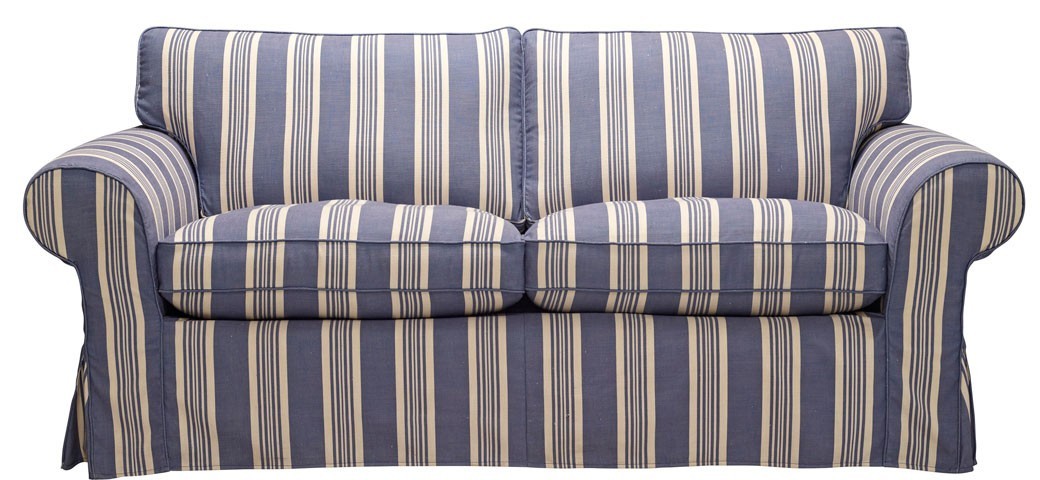Claims that parallel lines in furniture and architecture may cause migraines is “nothing new”, according to a Dundee expert.
From stripey sofas to brutalist buildings, patterns of parallel lines found everywhere could be bringing misery to millions of headache sufferers, according to scientists.
While the link between flashing lights and certain forms of epilepsy is well known, some static patterns made up of bars and lines are now suspected of causing negative effects even in the brains of healthy people, researchers at the University Medical Centre (UMC) Utrecht in the Netherlands say.
But Nicholas Wade, Emeritus professor of psychology at Dundee University, said suggested links between patterns of parallel lines and headaches is “nothing new”.
Quoting from his 1976 paper ‘Distortions and disappearances of geometrical patterns’, he said: “It has long been known that certain perceptual changes occur as a consequence of continuous observation of geometrically periodic patterns.
“The patterns undergo fluctuating distortions and disappearances.
“Moreover, after effects are generated after such prolonged observation, and these aftereffects can be seen most strongly when a homogeneous surface is viewed or the eyes are closed.”
Researchers at the University Medical Centre (UMC) Utrecht say that a rise in a type of brain activity seen when such images are viewed indicates a possible cause of headaches.
Sensitive
Around one in five women and one in 15 men suffer from migraines in the United Kingdom, costing the economy an estimated 25 million working days per year.
The team behind the research said their findings could be taken into account by architects and designers in order to help those sensitive to migraines.
“Our findings imply that in designing buildings, it may be important to avoid the types of visual patterns that can activate this circuit and cause discomfort, migraines, or seizures,” said Dora Hermes of the UMC
“Even perfectly healthy people may feel modest discomfort from the images that are most likely to trigger seizures in photosensitive epilepsy.”
By attaching small electrodes to the scalp scientists are able to measure the repetitive patterns of brain activity triggered when a person views certain images.
The UMC researchers say that grating patterns produce strong “gamma oscillations”, while others like cloudscapes or natural scenes do not.
Ms Hermes said the UMC review, published in the journal Current Biology, has led to new research being planned in the area.
Jon Frullani of Jon Frullani Architect Ltd based in Greenmarket, Dundee, said: “Direction, structure, enclosure and order are the result of fundamental architectural design; whether it be opposing vertical walls to form a room or alternatively the horizontality of a roof and floor.
“The combination of parallel linear elements not only create space, but also are a basic and essential tool to control movement, direction and the enjoyment of certain spaces.
“As an architect, we are always wrestling with geometry; not only in two-dimensional plans, but more importantly visualising lines on a piece of paper in three-dimensional form.
“I believe we have a responsibility to ensure that the buildings or spaces created are enjoyable and comfortable to inhabit not only in short term but throughout the lifetime of the building.
“This is achieved through careful consideration for both the structure of a building and the requirements and impact of internal elements.
“From the height and size of a room to the direction of the materials, such as planks of natural timber flooring, parallel lines control the scale and perception of space.
“We have a responsibility as architects and designers to ensure that the design of a building and also the specification of materials and products does not cause discomfort to the end user as the article suggests.”












